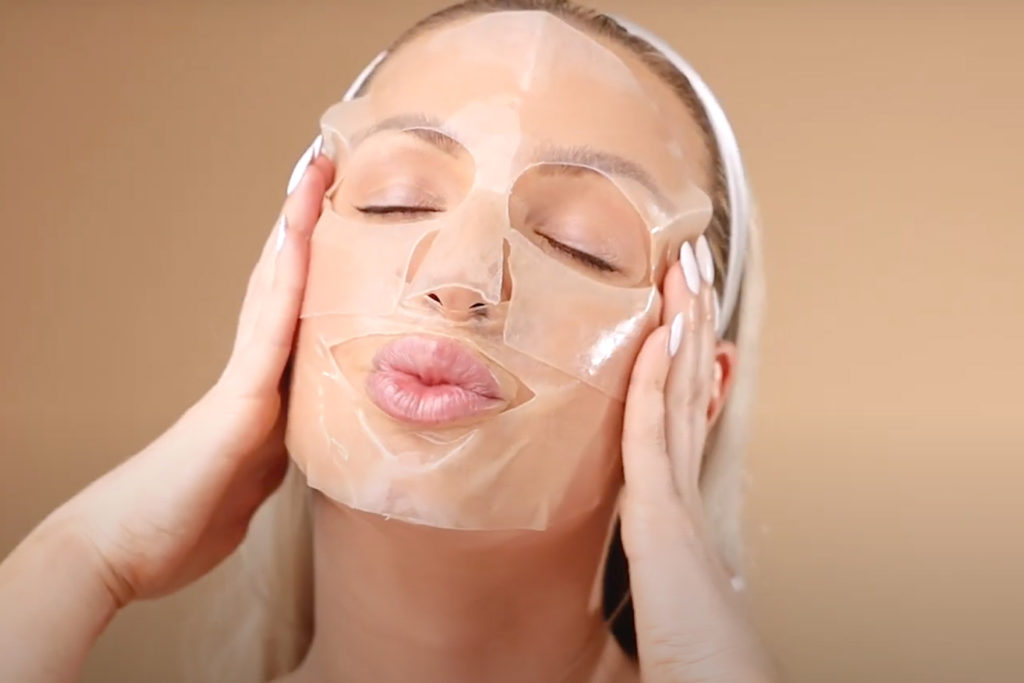
WHY IS PH SO IMPORTANT?
Benefits of balancing pH following a facial aesthetic treatment?
If you were to ask yourself what the optimal pH is for a cosmetic topical after an aesthetic procedure, you will find that the answer is surprisingly simple if you want the short answer, and not so simple if you want the long answer. If you want the short answer, skip to the end of this article, and if you want the long answer, read on.
While normal healthy skin has a slightly acid pH value of between 4 and 6, it can change when it is sunburnt, bruised, exfoliated, or even from things we eat. Also, as we get older our average skin pH gets closer to 6, but when our skin is injured as previously mentioned, it shifts to a higher value, sometimes getting as high as 10 when the injury is bad, like a scalding burn or deep graze. In essence, injured or damaged skin has a higher pH value.
But what if your skin has a high pH when it is not injured? Well, high pH skin, that stays high even without injury, is a sign that something is wrong. The problems with ‘high pH skin’ are that your natural enzymes stop functioning, and your skin becomes vulnerable to infection by microbes. This can delay rejuvenation, increase inflammation, or even cause scarring.
But when your skin is injured, high pH is not bad. It is a natural process that speeds up the healing of tissue. Now here’s the catch-22, many studies show that if the pH gets too high after injury, the skin is too slow to heal. It is in your best interest to avoid any product that raises your skin’s pH following cosmetic treatments, to get a good collagen balance, and to show off your new skin, as soon as possible.
When you get a facial aesthetic treatment, you are deliberately creating micro-injury to the skin to switch on the rejuvenating powers that normally lay dormant. The awakening of your cells triggers the production of new collagen to reverse wrinkles and grow new veins, to restore your youthful glow.
Also when your skin pH gets above 6 an enzyme called collagenase is enabled, which degrades some of your existing collagen. So, in cases of micro-injury, on one hand, you are growing collagen, and on the other, you are losing some too. But this process is not as scary as it sounds, because the process of ‘restructuring’ your skin depends on the ability to cycle the collagen fibers, to reduce the appearance of scars, and to get your skin to look even and in good shape.
Now imagine you can have a facial aesthetic treatment that is superior to your previous experiences, with everything to gain and nothing to lose. Stronger effects with less down-time! This may be the future of facial aesthetics, and science is starting to say it’s true.
So here is the answer to the pH question! After facial aesthetic treatment, your skin pH increases as part of a necessary process to start making necessary repairs. You will be happy to know that it is better to simply NOT interfere at all with the natural process. You should neither raise nor lower your skin’s pH when it is reacting to micro-injury, just let it do what it does naturally. That is why our mad products maintain a neutral pH, which is at 7. We prefer to let nature take its course!

